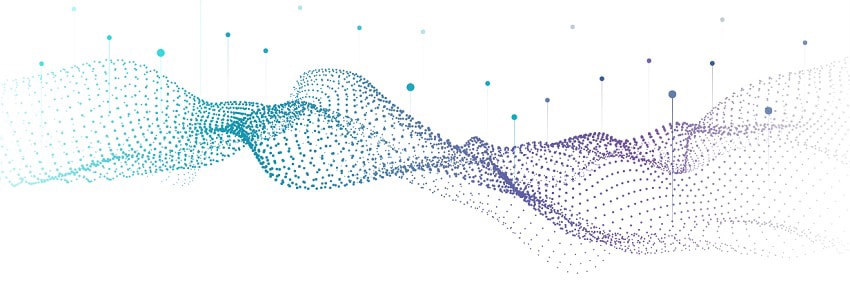Recently, NetApp revealed that it uses its own services and appliances as part of its development process, something that is sometimes referred to as "eating your own dog food." Their story of how they use their tools internally makes an interesting case study for anyone considering adopting NetApp. This past year they have been a dynamo of new releases and updates. As just one example, they released an all-flash, end-to-end NVMe server rack, the NetApp AFA EF600, just last month.

Both NetApp's SolidFire and hyper-converged infrastructure (HCI) engineering teams use NetApp HCI appliances and software as part of their development pipeline. The teams use Jenkins to generate continuous integration (CI) and deployment builds. These builds are then deployed through NetApp Kubernetes Service (NKS) running on NetApp HCI appliances with the hybrid cloud control suite enabled. Using NKS allows the engineering teams to push their builds out to whichever public cloud best suits their needs at the moment, Amazon EC2, Google Cloud Platform (GCP), or Azure. More often the teams use an Istio service mesh to deploy builds to multiple clouds to provide a hybrid multi-cloud application allowing testing against multiple targets at once. NetApp is claiming that this process has allowed them to reduce the time commitment for spinning up new continuous integration and continuous deployment (CI/CD) pipelines for their internal use by as much as two orders of magnitude. This is a truly massive time savings, and I really wish they’d made the numbers they’re basing this claim on public.
NetApp acknowledges in their writeup that they still needed to do some upfront work to develop the build pipelines feeding into their data fabric architecture, but having spent weeks setting up (CI/CD) pipelines myself, the prospect of such significant time savings and simplification to this process is very appealing. Even more so, as once set up, pushing builds out to the public cloud in this way allows the solution to scale up to handle almost any team size.




 Amazon
Amazon